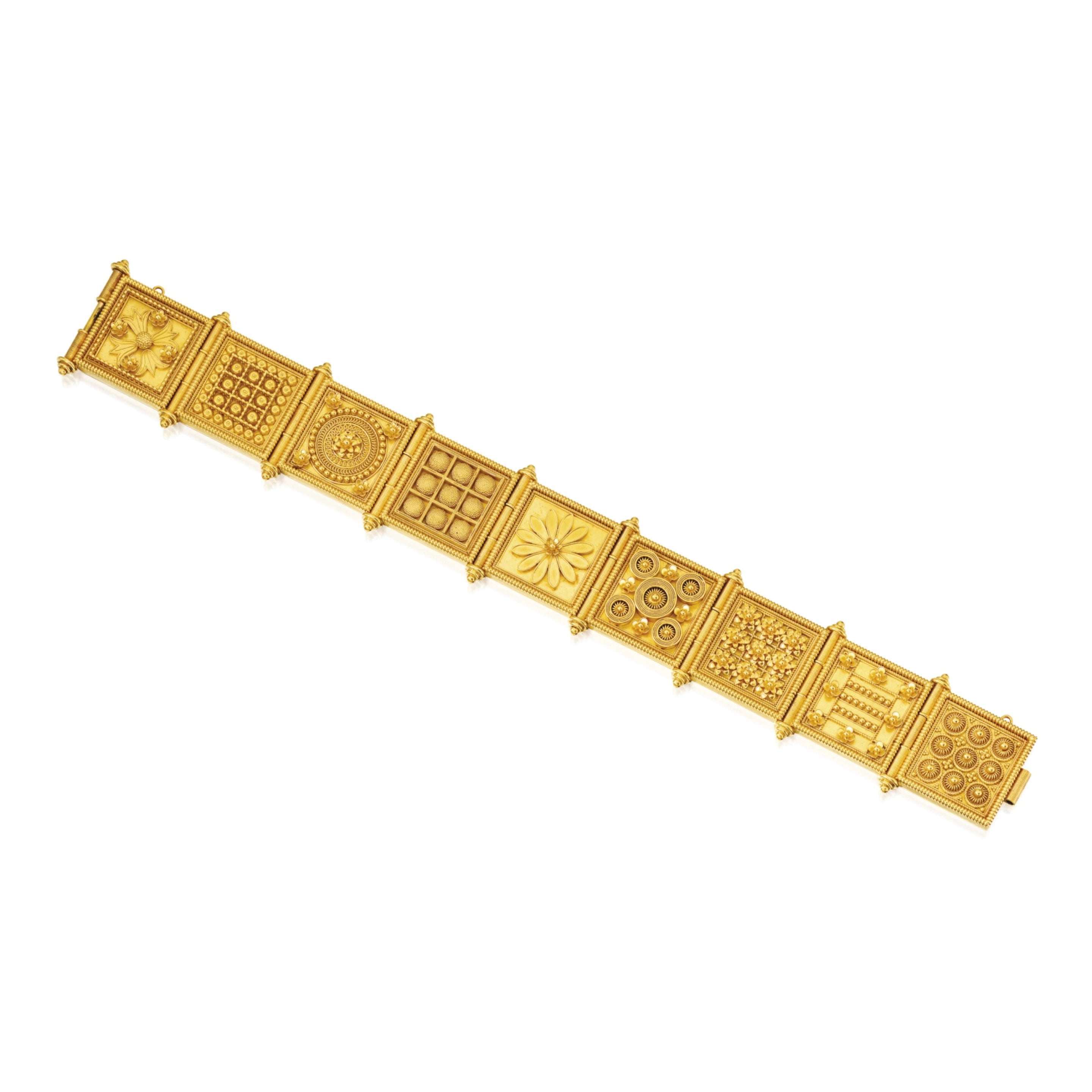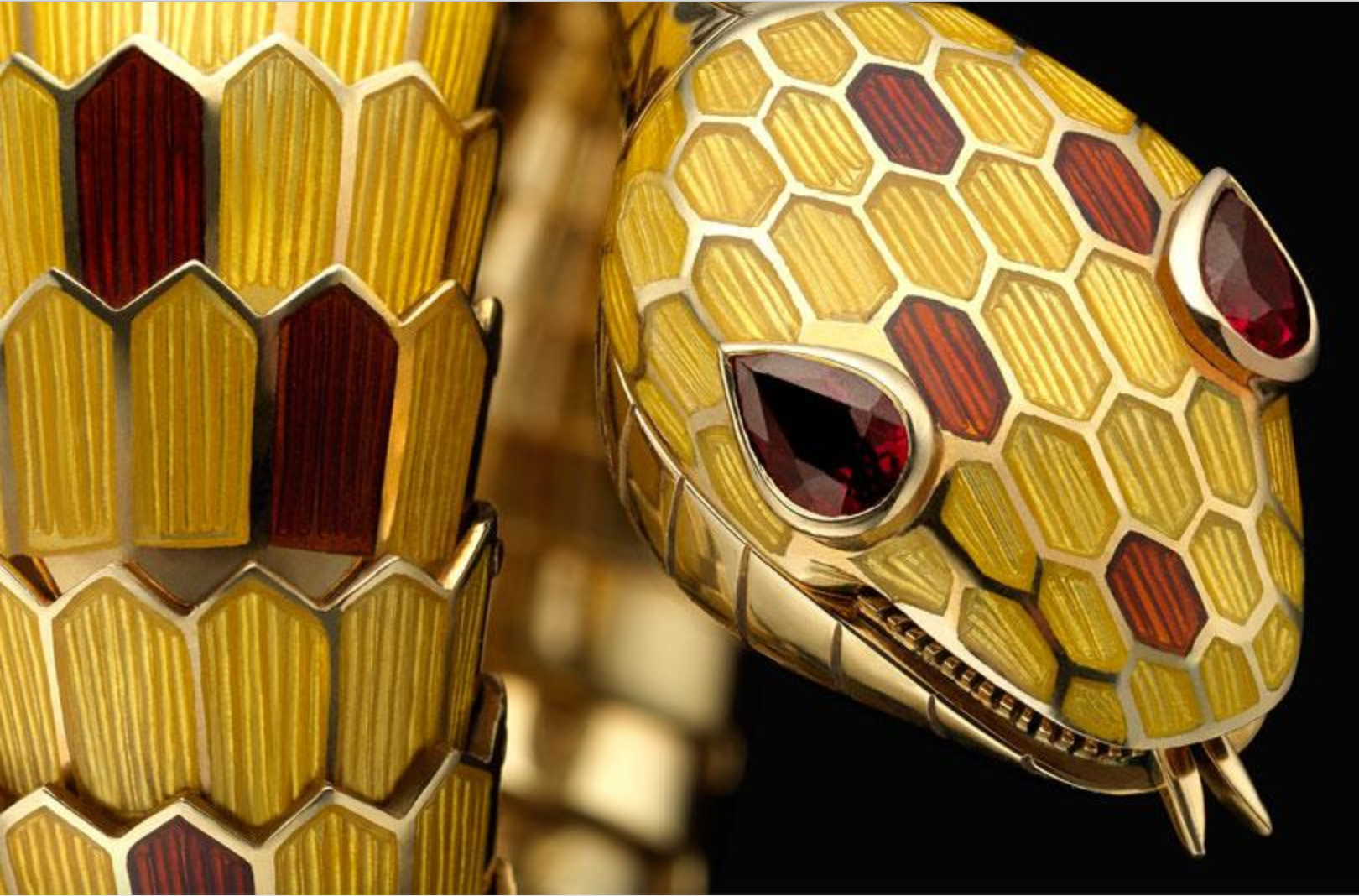
The Art of Granulation in Jewelry-Making: Mastering Metal Beads
In the realm of jewelry-making, where creativity and skill intertwine, few techniques can match the intricacy and allure of granulation. This ancient method, dating back to as early as 3000 BCE, has consistently captivated artisans and jewelry enthusiasts alike with its delicate beauty and meticulous craftsmanship. This article delves into the world of granulation, exploring its origins, process, notable designers and iconic pieces that have elevated this technique to a revered status in the world of jewelry.
Understanding Granulation
Granulation is a technique in which small, spherical metal beads are fused onto a metal surface, creating a textured and visually captivating effect. This process requires exceptional precision and attention to detail, as each tiny bead is individually positioned and heated until it fuses with the base metal. Traditionally, granulation involves using high-karat gold due to its lower melting point and malleability, making it well-suited for intricate work.
The Granulation Process
Preparation: The journey of creating a granulated masterpiece begins with crafting the base metal piece that will serve as the foundation for this intricate technique. Whether it’s a pendant, earring or bracelet, the chosen design is meticulously fashioned to perfection. This base metal serves as the canvas upon which the art of granulation will be delicately woven.
Granule Creation: Granulation’s magic lies in its smallest details—the granules themselves. These minuscule, often pinhead-sized orbs, are meticulously shaped by melting high-karat gold. Once cooled, they become perfectly spherical beads that will add depth and dimension to the final piece.
Placement: With the base metal ready and the granules prepared, the artisan steps into the role of a meticulous conductor. Using precision tweezers, the granules are placed onto the base metal’s surface in patterns that range from enchantingly simple to breathtakingly intricate. In this stage, the artist's vision begins to manifest in the form of a granulated design.
Fusion: The symphony of craftsmanship reaches its crescendo as controlled heat is applied. The piece is heated with the utmost care, allowing the granules to gradually reach their melting point. Under this carefully managed heat, the granules bond with the base metal, forging a connection that will stand the test of time. This fusion process requires an artisan’s touch, as overheating could distort the delicate arrangement.
Finishing: As the fusion process completes, the granulated masterpiece enters its final phase of refinement. The piece is gently polished and meticulously finished, revealing the stunning interplay between the granules and the polished metal. The result is a textured tapestry of craftsmanship, where the meticulous work of the artisan is showcased in every gleam and glint.
Masters of Granulation
Throughout history, several jewelry designers have distinguished themselves as experts in the art of granulation:
Etruscan Civilization: The Etruscans, an ancient Italian civilization, are renowned for their mastery of granulation. They crafted intricate gold jewelry using this technique, leaving behind a legacy of awe-inspiring pieces.

Etruscan gold baule earrings, circa 6th century BCE, with symmetrical palmettes embellished with single gold grains at the top, which are flanked by repoussé crouching hares, courtesy of The Metropolitan Museum of Art
Fulco di Verdura: An influential jewelry designer of the 20th century, Fulco di Verdura, incorporated granulation into his iconic creations. His exquisite designs adorned the likes of Coco Chanel and captured the attention of high society.
Elizabeth Gage: This modern-day master of granulation has breathed new life into the technique. Her distinctive designs often feature elaborate granulated elements, creating timeless pieces sought after by collectors.

Elizabeth Gage necklace and ear clips composed of jade, coral and 18-karat yellow gold decorated with filigree and granulation, courtesy of Sotheby's
Iconic Granulated Jewelry Pieces
The Etruscan Granulated Necklace: A testament to the timeless beauty of granulation, this ancient necklace showcases the Etruscans’ unparalleled skill. Delicate granules are skillfully arranged to form intricate patterns that have withstood the test of time.
Verdura's Maltese Cross Cuffs: Fulco di Verdura’s Maltese cross cuffs are a testament to his artistic ingenuity. These cuffs feature expertly placed granules that add depth and texture to the design, creating a harmonious blend of elegance and craftsmanship.
Elizabeth Gage’s Granulated Rings: Elizabeth Gage’s collection of granulated rings embodies her modern interpretation of this technique. Her rings often highlight the fusion of granules with gemstones, resulting in striking and unique pieces.
Granulation remains a remarkable testament to the enduring allure of ancient craftsmanship in the modern world. From its origins in antiquity to the innovative interpretations of contemporary designers, granulation continues to captivate jewelry enthusiasts with its intricate beauty and meticulous execution. As this age-old technique persists, it serves as a reminder of the timelessness of human creativity and the remarkable possibilities of the art of jewelry-making.
Top photo of an archaeological revival-style bracelet, circa 1870, composed of nine gold plaques embellished on the front and reverse with granulation and filigree, signed Ls. Casalta, Naples, courtesy of Sotheby's


